
With over 40 years of application experience, our knowledgeable staff are always available. Please contact us on 01386 421 005
We will be more than happy to help, so please call today!
A truly innovative product. Pascal discovered the principle, but ETP put it to work. All ETP products consist of a double-walled hardened steel (in some cases stainless steel) sleeve, filled with a pressure medium. Within the product flange there are one or more screws and a piston with seals for the pressure setting. When the pressure screw is tightened an even and moderately high surface pressure is created against the shaft and hub, causing the locking effect. The self-contained product allows this procedure to be repeated many times. Whether the hubs are to be removed or repositioned, the mounting and dismantling process can be done in a few seconds. The hydraulic principle gives immediate advantages for today's modern machines.
Today three major solutions are commonly used in the hub-shaft connections industry those being, keyway, mechanical and hydraulic. This article segment presents the basics of each technique, starting with Keyway connections.
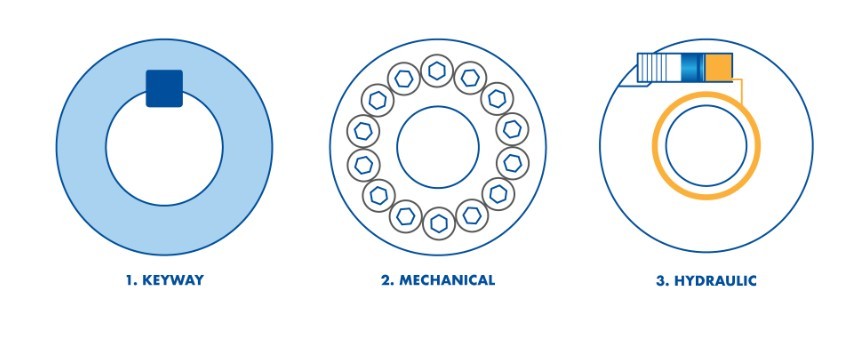
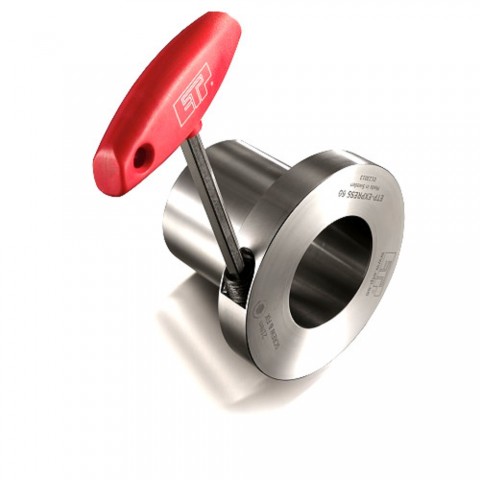
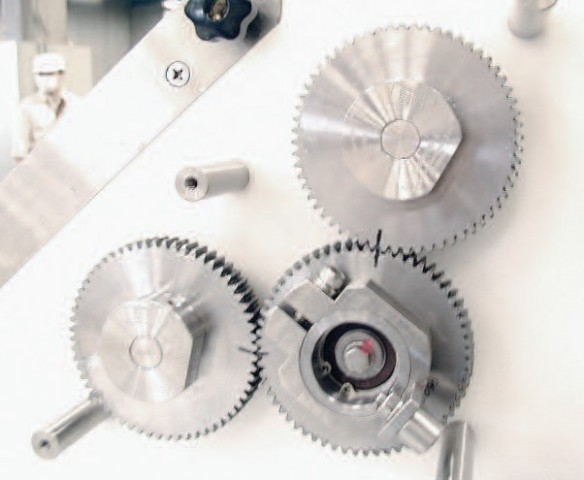
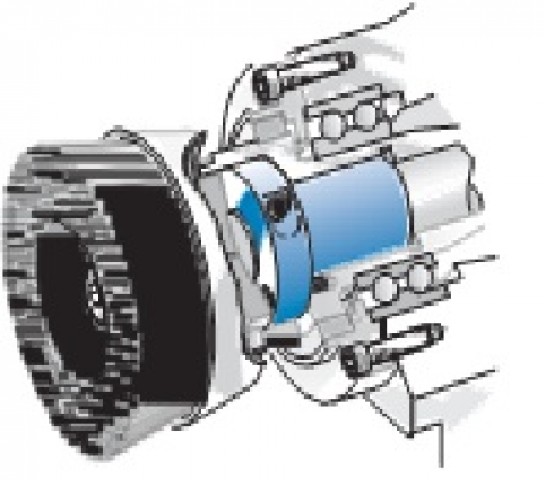
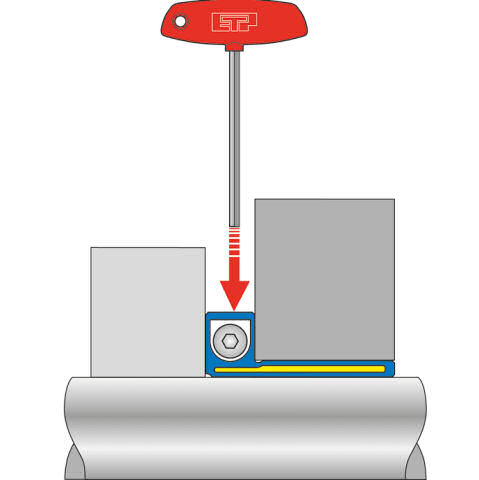
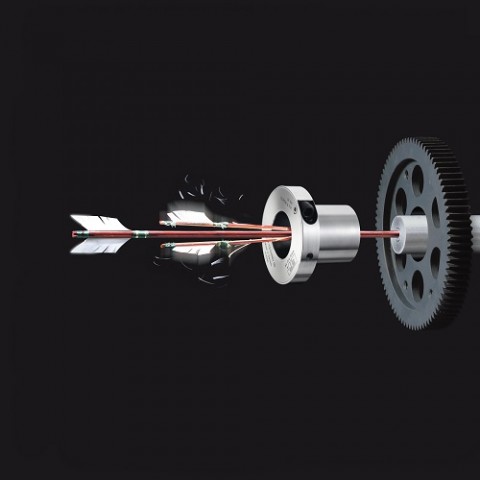
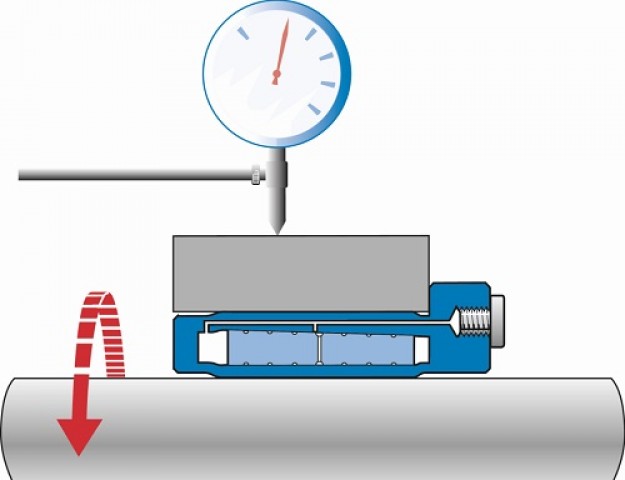
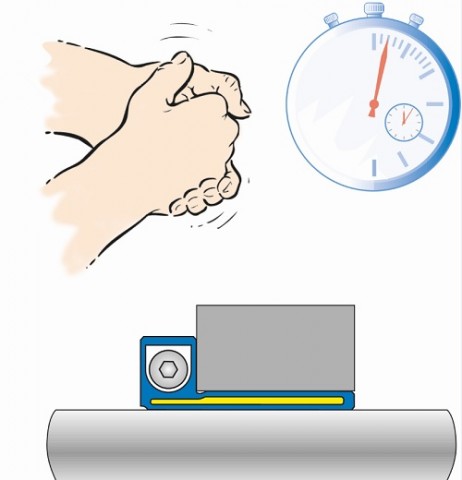
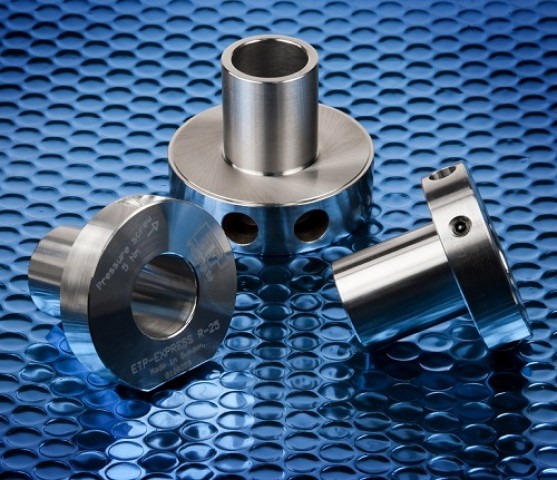
A keyway connection consists of a slot cut in a shaft component, receiving part of a key that engages with an equivalent slot on a mating hub component, locking the two parts together.

Whilst keyways are cheap to produce and well standardized, disadvantages include;
Mechanical clamping connections consist of two sleeves with tapered surfaces that are pressed against each other along the shaft. Many screws with high tightening torque are used to hold it together. When mounted the two sleeves deform into contact with the bore of the hub and the shaft. This technique is used in rough applications where surfaces finish and tolerances are variable.

Whilst this standard connection is suited for transmitting high radial loads, bending torque and can withstand temperature variations, disadvantages include;
Hydraulic clamping connections enable effortless mounting, adjustability, easy reach and a well-balanced design. The technique is a problem solver for critical applications. ETP hydraulic clamping connections are beneficial for working with tight tolerances, resulting in superior runout.
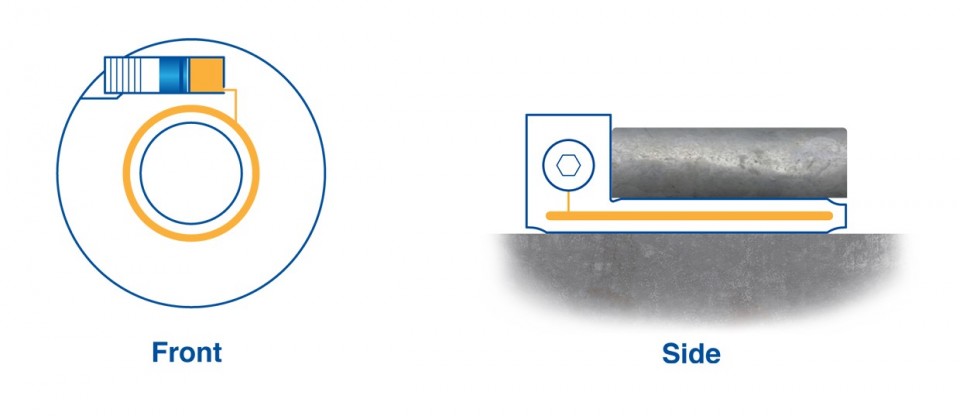
To expand your knowledge of ETP’s hydraulic solution, let’s begin with the principle from which our products originate:
French scientist Blaise Pascal devised the maxim of pressure propagation in liquids during the 17th century. The principle refers to pressure changes in liquid within a confined container where pressure transmits evenly throughout the liquid. When applying pressure at one point of the liquid, an even pressure change occurs around the whole container. The ETP product utilises the many positive qualities of this principle and has continued to develop it further so that it can be utilised reliably and accurately within industrial applications.
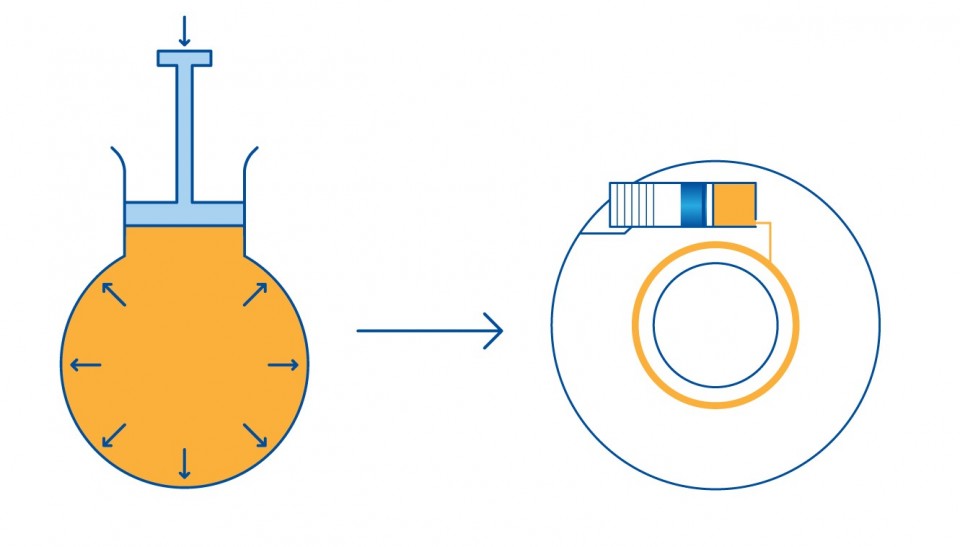
ETP hub-shaft connections are guided by Pascal’s principle. Our products consist of hardened double walled steel sleeves. The sleeves are welded together to create a hollow chamber and the inside is filled with a hydraulic pressure medium.
By using the ETP principle our products presents you with a number of advantages compared to other solutions;

By the low force of your hand tightening the screw, an internal pressure of approximately 1000 bar is created. This causes the sleeves to expand evenly in all directions around the hub and shaft. The result is an even surface pressure and a secure and precise connection between the hub and shaft.

Hydraulic connection: consists of hardened double-walled steel sleeves filled with a hydraulic pressure medium. With a single screw, pressure builds up around the hub and shaft to form a secure connection.
Keyway connection: consists of a slot cut in a shaft component that receives part of a key that engages with an equivalent slot on a mating hub component, locking the two parts together.
Mechanical connection: consists of two sleeves that have tapered surfaces. With the help of screws, the sleeves deform, creating pressure when coming into contact with the bore of the hub and the shaft.
Hydraulic Hub-Shaft connections – Quick, easy and precise screw mounting.
With names like ETP Express, ETP Express R, ETP Power and ETP Techno, these products are, as it sounds, designed for a multitude of applications. In each case only a single screw is used for mounting and dismounting of the hub. This simple feature ensures an extremely quick and easy service interval time and incredibly easy adjustment or repositioning of the hub. The single screw hubs are used in a variety of applications and industries such as packaging, food, beverage and pharmaceutical. The standard ETP-Techno and ETP-Express are available for shafts 15mm to 130mm. ETP-Express R, Stainless steel versions, are available to suit shafts from 15mm to 80mm.
Climatic test equipment - Our long term partner ETP Transmission AB of Sweden has developed and manufactured hydraulic hub-shaft connections for more than 40 years under the brand name ETP. Building up a unique worldwide knowledge and leading position within the hydraulic fastening and centering field. With our latest generation CTS climatic test cabinets, not only temperature but also humidity stress factors can be simulated and the results taken into account in any standard or customized ETP product. In many cases being able to test products to such a degree reduces the unknown environmental impacts on a product before it is fitted into an application. The CTS cabinet can run test cycles between - 40 to +120 degrees C. This ability fits nicely into the fact that we do not just supply a innovative product, we also back up all statements with substantive tests.
ETP is the only company manufacturing hydraulic hub-shaft connections in a standard range.
ETP hydraulic connections create an even surface pressure around the hub and shaft.
Mounting and dismounting of ETP connections are performed in seconds.
ETP hydraulic connections give you excellent runout as they are self-centering.
All ETP products consist of a double-walled hardened steel (in some cases stainless steel) sleeve, filled with a pressure medium. In the product flange there are one or more screws and a piston with seals for the pressure setting. When the pressure screw is tightened an even and moderately high surface pressure is created against the shaft and hub, causing the locking effect. The self-contained product allows this procedure to be repeated many times.
Whether the hubs are to be removed or repositioned, mounting and dismantling is done in less than a few seconds. The hydraulic principle gives immediate advantages for today´s modern machines. The compact designs also ensure better concentricity and balance at increased machine speeds, shorter downtime for service and increased precision. The ETP products now available through Abssac Limited are chosen for more and more mechanical designs.
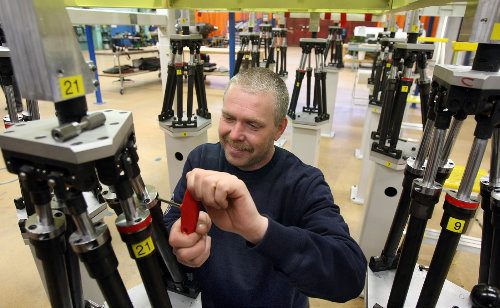
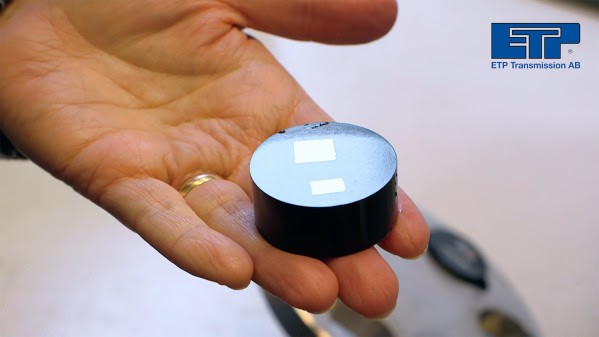
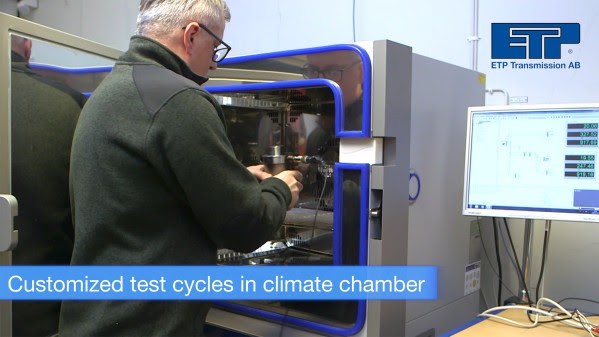
Makes us your partners of choice in the search for the right partners for your next project. Our design engineers are deployed in engineering projects in many various sectors such as:
Continuous development with customers, where ETP contribute with wide application knowledge and calculation assistance, has resulted in a steady flow of new products, both standard and customized designs. As you already know - It takes just a few seconds to get perfect centering and fastening of your components when using an ETP. The extremely high precision achieved by using ETP results in minimal concentric runout and unrivalled repeatability. Our customers and worldwide users can confirm what this means in terms of dramatically improved cost-effectiveness. We are also experienced specialists for your next project.
Metal Analysis - With our state of the art mounting, grinding & polishing sample equipment, we can prepare specimens that are ideal for micro hardness and micro structural evaluation.
Accurate, Repeatable Measurement and Simulation - Today, our high-performance fatigue testing capacity, thanks to MTS state of the art test benches, enables us precise control of forces and motions as well as real-time feedback that optimize performance on your components.
Here you find short courses designed to teach you more about ETP´s products and applications. Find out more on the most commonly used solutions and techniques used in today’s hub-shaft connections industry as well as the principle upon which all ETP products are based.
Follow the link : ETP E-Learning
